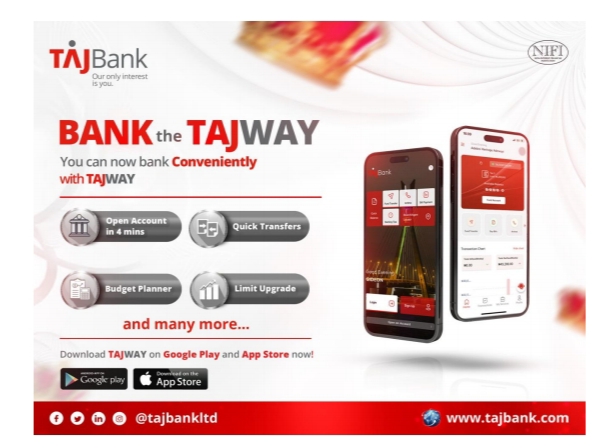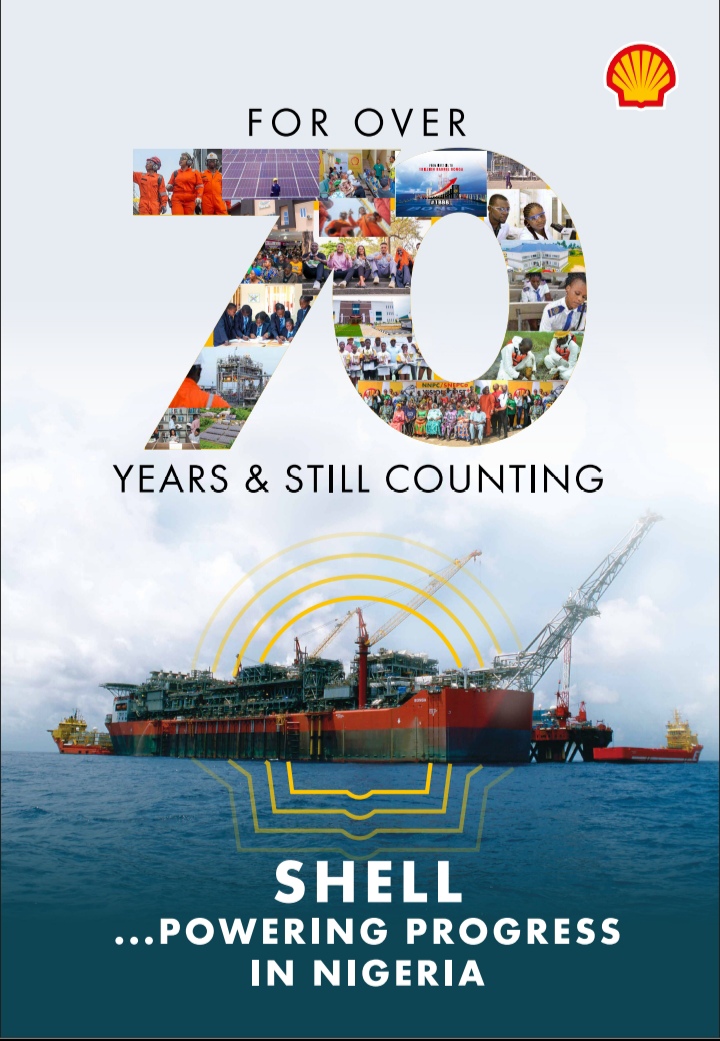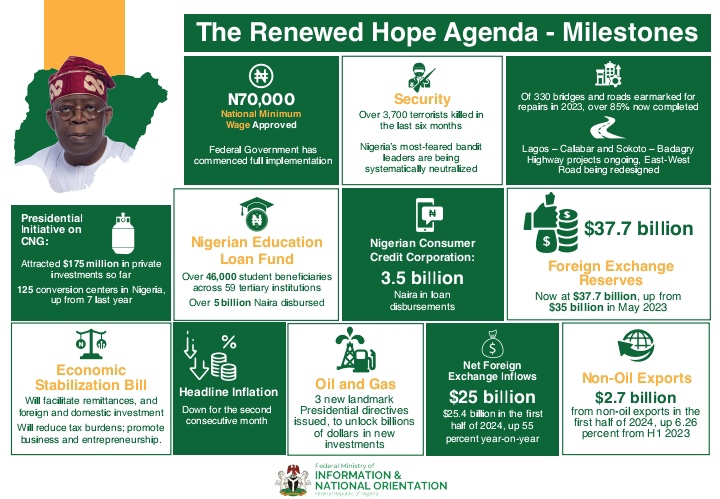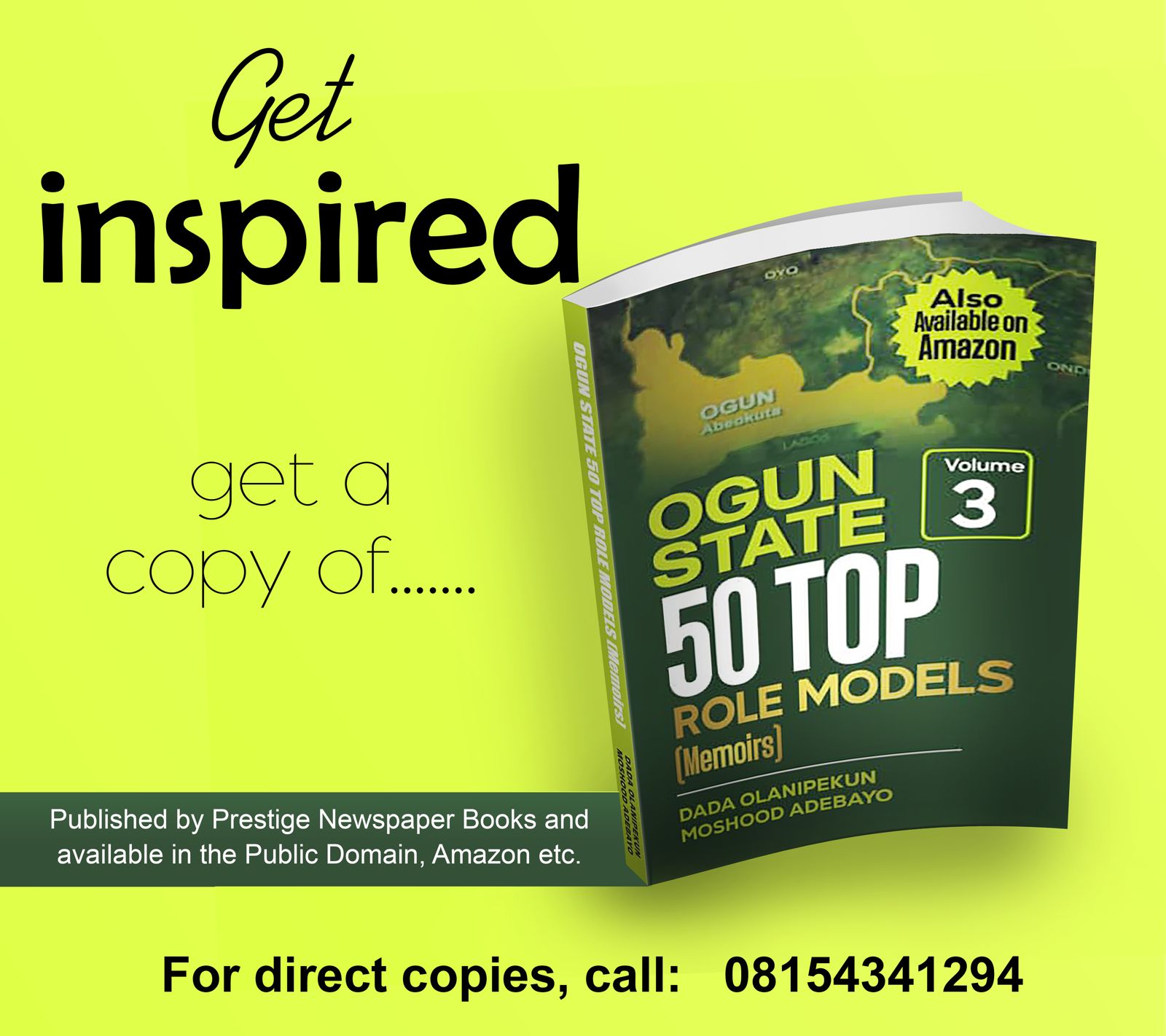By AKIN OLANIYAN
It seems that the thin line between advocacy and spectacle is disappearing at a dangerously faster rate than regulatory ability to maintain any meaningful oversight. Granted, in the chaotic digital landscape, outrage is not only a strategy, but also a product, which is why the most recent instalment in the online campaigns by self-appointed crusader, Martins Vincent Otse, otherwise known as VeryDarkMan (VDM) offers no surprises. His sweeping allegations against Guaranty Trust Bank (GTBank) bordering on fraudulent activities and unjust account manipulations are typical. While they are sensational and have everything needed for another viral social media content, the allegations appear to lack the one thing that grounds all credible activism – evidence.
VDM’s online campaign against GTBank and the sentiment around it highlight the growing trend in the Nigerian media space where the culture appears to favour visibility over substance. We are accustomed to how micro-celebrities exploit outrage to drive engagement, which in turn drives profit in the attention economy. However, looking at the ongoing campaign against GTBank, the intriguing question is: Is this the beginning of a new generation of activism, or just a sinister appropriation of digital opportunism disguised as a moral crusade?
The question is important as we take a step, back in disbelief that some folks would either consider or indeed have gone ahead to close their GTBank account in support of a man whose credentials as an activist would be at best tenuous. Social media provides a viable platform for micro-celebrities, the vilest of whom have mastered the art of riding on outrage and controversy to build a large digital followership. For most of them, and given their strategy of favouring the appearance of activism over impact, we have to ask whether they offer anything other than performative allyship. The model is simple: provocation over substance; monetisable outrage and short-lived campaigns; all of which are glaring in the GTBank-VDM controversy.
READ ALSO: Nigeria First: BPP urges MDAs, stakeholders to comply
To understand the issues is to understand the ecosystem that appears to have been custom-made for people like VDM. Social media democratises communication and micro-celebrities with no institutional affiliation or even social movement credentials can lean on their online presence to build influence. Unlike other activists though, most micro-celebrities-turned activists thrive on spectacle, offering little or no solution; their protests confined to the digital space. Unlike in the streets, where activists have their credentials tested, the digital space offers no risk of arrests except that algorithmic obscurity await those who fail to master and use the questionable model.
The GTBank-VDM controversy is a perfect example of performative activism, where the goal is not to achieve change but to appropriate social capital. Notice the approach to a typical viral social media content: make a wild accusations, in this case, that “GTBank freezes accounts for no reason!”; then ride the public backlash (both in support and against). Lastly, cash out from the increase in content engagement; with no commitment to follow-through with legal action, petitions or more consumer organised advocacy. Just the digital embers of a fire only stoked for shares and clout.
VDM is not the only one playing this game. But his ascendancy reminds us that our digital public square is increasingly dominated by figures who perform outrage without accountability.
We know digital crowds – like the ones who lined up behind VDM – have the annoying habit of ignoring reason and will reject facts if they undermine their irrational and emotive responses to issues. Regardless, the point has to be made that performative activism does not make a hero of their idol. VDM typifies the very culture he says he is fighting – his ‘activism’ reflecting the logic of a digital economy where controversy converts directly to relevance, and where emotional outbursts are rewarded more than reasoned engagement. The goal is not to fix the problem but to be seen responding to it. Typical of the Nigerian system he and his followers detest.
I understand the yearning of young, angry folks for a hero but decorating a content creator with medals reserved for battle-hardened activists whose credentials come from years in the trenches and who have truly earned their street credibility by marching for social change, is asking for too much. The kind of low-risk, high-reward engagement, of digital crowds who carry out symbolic gestures like changing a profile picture or sharing a piece of content, may masquerade as meaningful political action, but they should be seen for what it is – performative activism. So, while we can understand why VDM and his followers may like to be seen as activists making their anger known against a system that is failing them, they should be accorded no such honour if their only claim to being accepted is the virality of social media contents.
Activism itself has been corrupted but social media is live-streaming what used to be the cleverly-hidden and roguish penchant of union leaders and social activists to sell out after they have worked their followers into believing that protesting was the only way to guarantee change. Whether you look at the fuel protests of the past; the OccupyNigeria and EndSars protests, those practices of releasing performative statements of solidarity while maintaining exploitative and self-enriching internal practices have taught us to be careful about celebrating activists. What makes the VDM model insidious is that it uses the language of justice to drive engagement, and in doing so, it dilutes the potency of activism itself.
There is no suggestion here that we don’t have activists with skin in the game. Just so we understand the difference between activism and its digital mimicry, we only need to look at the vanishing breed of men who understand that real change requires physical presence, long-term strategy, and the willingness to bear personal cost. My Master’s thesis, appropriately titled, ‘Social Media and Political Activism in Nigeria: A Marriage Made in Heaven or Just a One Night Stand?,’ allowed me an inside look into OccupyNigeria protests and the role of men and women who marched on the streets. In my interviews with the likes of the late Yinka Odumakin, Yemi Adamolekun of Enough is Enough (Nigeria); Eggheader Odewale, Dayo Ogunlana of the Coalition of Self Determination Groups (COSEG), Biodun Komolafe (Afenifere Renewal Group); Razaq Olokaba amongst others, it was obvious that protests are not events. They are processes, unfolding slowly but focused on leading others from the trenches.
It would be an error to romanticise traditional activism or dismiss the role of digital tools. The men and women I interviewed for their roles in OccupyNigeria were clear: The power of social media helped to organise and amplify OccupyNigeria and during #EndSARS protests. But even those movements had clear demands, coordinated leadership, and – in many tragic cases – bodies on the line. There was blood in the streets, not just clicks on a feed. In stark contrast, VDM’s ‘crusades’ lack the depth of those efforts, offers no roadmaps, no alliances, or accountability mechanisms. In other words, his activism is not a means to an end. It is the end itself.
The temptation to dismiss VDM’s ‘crusades’ as mere social media ‘content’ would be easier if the stakes weren’t so high. The danger of performative activism lies not just in its emptiness, but in its capacity to crowd out genuine engagement. In a media environment where attention is monetised, the loudest voices dominate – even when they are wrong. This dynamic poses real harm. It delegitimises public discourse, making it harder for people to distinguish between advocacy and antagonism. It fosters cynicism, especially among young people, who watch the performance of care but rarely see its outcomes. And it conditions audiences to equate visibility with virtue, leaving little room for the slow, unglamorous work of building civic power.
Moreover, it creates perverse incentives for platforms and users alike. The more controversial the claim, the higher the engagement. The more emotional the outburst, the better the reach. In such an economy, truth becomes secondary. Justice becomes irrelevant. What matters is who can yell the loudest and trend the longest. None of this is to suggest that VDM is malevolent. He, like many others, is a product of his time – a time when institutional trust is low, and digital visibility is often mistaken for impact. His followers, many of them genuinely aggrieved by corporate misconduct, are not wrong to seek justice. What is troubling is that they are led not to resolution, but to spectacle.
VDM is not the only one playing this game. But his ascendancy reminds us that our digital public square is increasingly dominated by figures who perform outrage without accountability. They occupy the space once reserved for investigative journalists, lawyers, civil society actors, and community organisers. They speak with the authority of the oppressed, but act with the impunity of the influencer class.
This is not activism. It is branding.
*Dr. Akin Olaniyan is the Convener, Centre for Social Media Research, Lagos.













